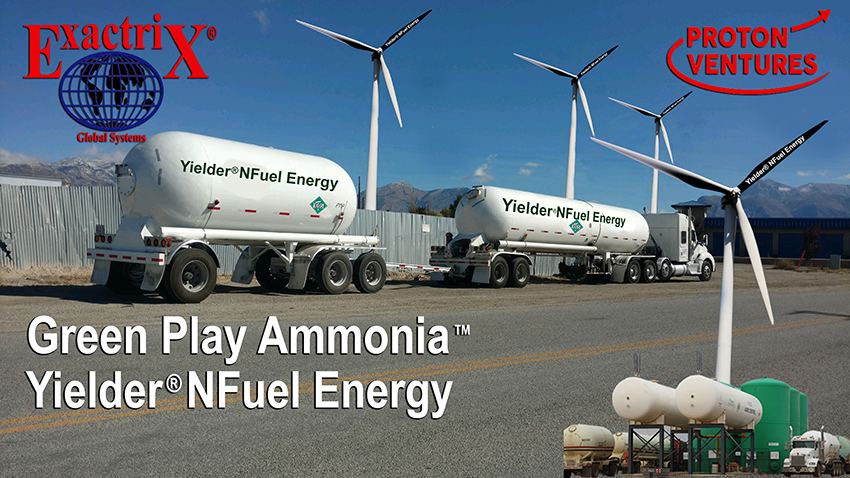|
Return To Main Page
New Ammonia Cracking Technology.
Saudi Arabia-based Aramco, one of the world’s leading integrated energy and chemicals companies, and Linde Engineering, a global leader in the production and processing of gases, signed an agreement jointly to develop a new ammonia cracking technology. The collaboration between the two companies will combine Linde Engineering and Aramco’s experience and capabilities in industrial research and development, lower-carbon hydrogen, and ammonia cracking technology. A potential differentiator of this new technology is the ammonia cracking catalyst, jointly developed by Aramco and the King Abdullah University of Science and Technology (KAUST), which will be evaluated against other catalysts. Through this agreement, Aramco and Linde Engineering plan to build a demonstration plant in northern Germany to showcase this new ammonia cracking technology. Linde Engineering intends to offer this ammonia cracking technology to current and new customers, creating new commercial opportunities within the global lower-carbon energy supply chain. The emerging lower-carbon ammonia business may prove to be key in bridging the gap between a country’s domestic renewable energy production capacity and total energy demand. This agreement is part of our ongoing technology and business development efforts to establish a commercially viable lower-carbon hydrogen supply chain. We believe the advanced ammonia cracking technology we are co-developing with Linde Engineering will play a key role in realizing our objectives. —Ahmad Al-Khowaiter, Senior Vice President and Chief Technology Officer at Aramco In 2020, a team from Aramco and KAUST reported in an open-access paper in the RSC journal Catalysis Science & Technology that a potassium-promoted ruthenium supported on CaO is a very efficient catalyst for ammonia decomposition, surpassing the performance of other Ru-supported solids. At an optimum Ru loading of 3% wt, catalysts with a K/Ru atomic ratio of 0.9 showed the best catalytic performance under a wide range of operating conditions, P = 1–40 bar, T = 250–550 °C and WHSV = 9000–30000 mL g−1 h−1. Although NH3 conversion levels decrease considerably upon increasing the reaction pressure (X550 °C, 40 bar = 0.8), high pressure ammonia decomposition offers the possibility of COx-free compressed hydrogen and hydrogen productivities and TOFs 40 times bigger than when applying atmospheric pressure. —Savas et al. Resources
Green Play Ammonia™, Yielder® NFuel Energy. |
